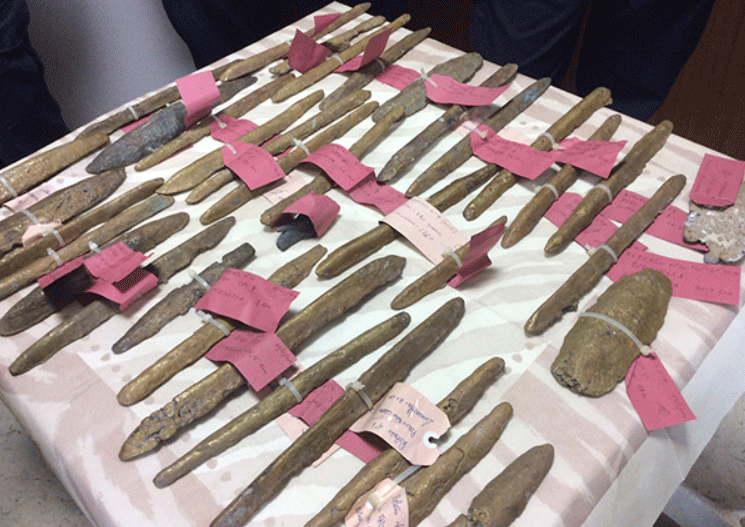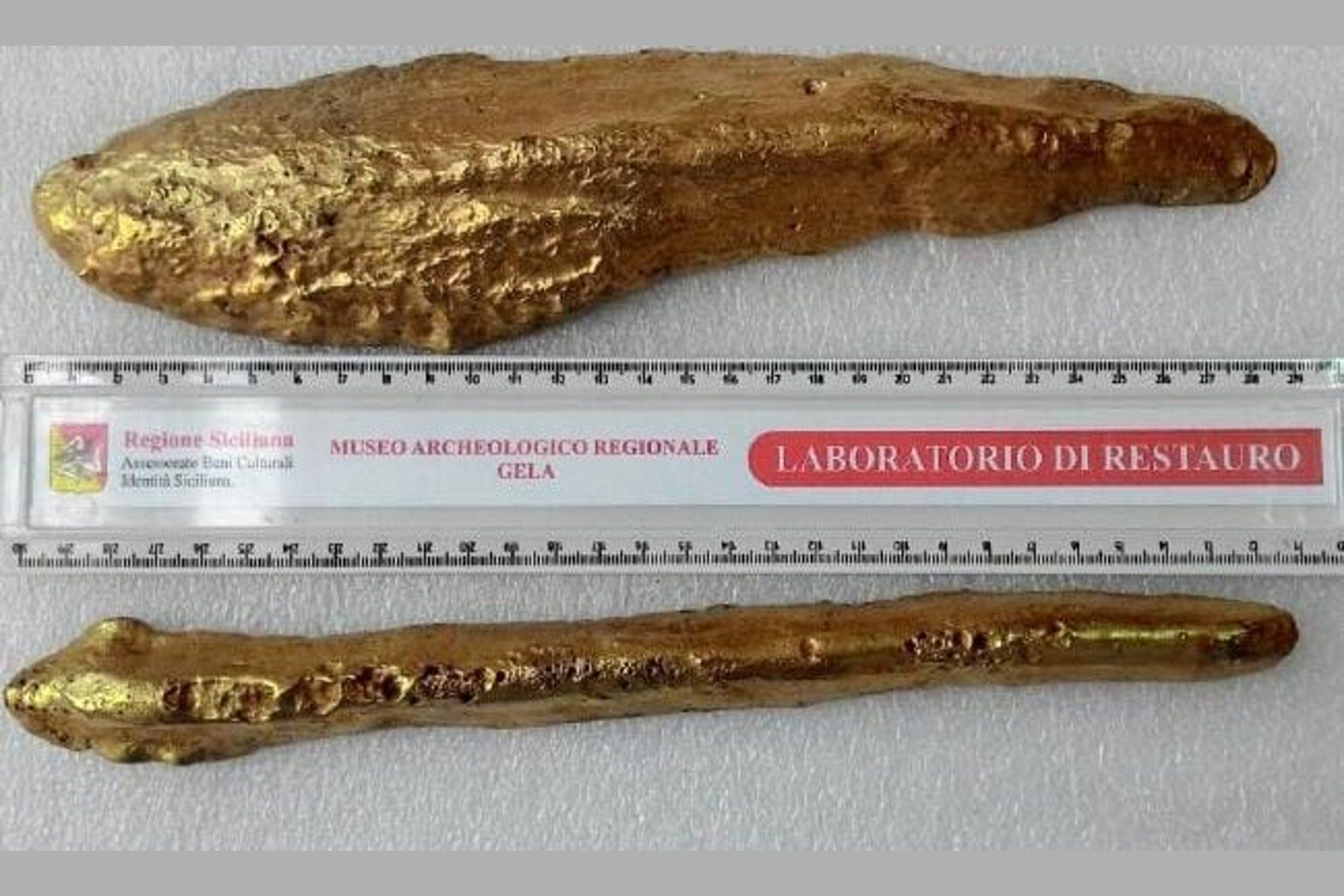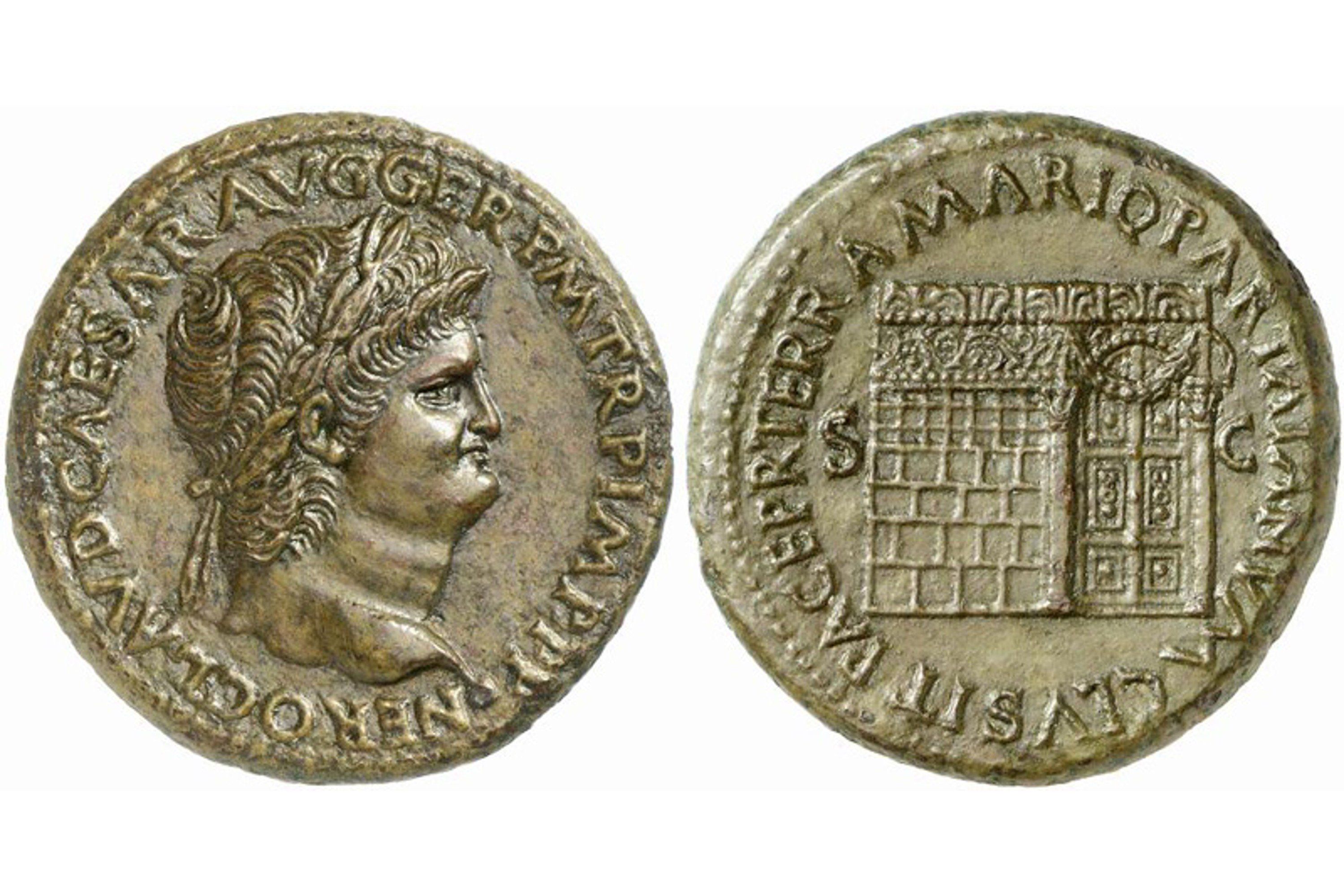It’s tempting to imagine that the world was once home to mythical lands of beauty and abundance whose streets were lined with gold.
.
According to the iconic Greek philosopher, the fire-coloured metal was second in value only to gold, and the legendary lost continent was a hotbed of the stuff.
reports.
In his account, Plato claimed that the metal was mined in many parts of the continent and that its buildings – including a Temple of Poseidon and royal palace – were coated in it, making them shine with a red light.
dialogue.
The philosopher also allegedly claimed that the laws of Atlantis were dictated by Poseidon – the Greek god of the sea – which were then inscribed by the first kings of Atlantis on a pillar of orichalcum.
It is perhaps unsurprising, therefore, that orichalcum has been at the heart of the centuries-old search for the drowned continent.
After all, believers argue, if it was so chock-full of the stuff, finding the metal could lead to finding the submerged land itself.
And, in late 2014, it looked as though their theory could be proven right.

40 ingots of a mysterious metal nestled within a 2,600-year-old shipwreck off the coast of Sicily.
Awe-struck by the discovery, research teams combed the area for more clues and, in February 2016, they discovered 47 new ingots in the same area, tens of metres from the first.
.
This alloy, which was a yellowish-gold colour, but with the red tinge mentioned by Plato, was thenceforth known as orichalcum.

And, indeed, modern studies suggest that this metal so coveted by the ancients comprised around 80 per cent copper and 20 per cent zinc, with small amounts of lead and other metals mixed in.
Its value was based on its malleability, resistance to tarnishing, durability (it was stronger than copper) and resemblance to gold.
Of course, there were those who would take advantage of this last quality, with a number of prominent Romans craftily swapping one for the other.
For example, Julius Caesar allegedly robbed 1,360kg (3,000lbs) of gold from the Roman Capitol, replacing it with orichalcum. And Emperor Vitellius did the same, regularly making the same switch after despoiling temples.
Still, this poor man’s gold was widely prized for its fiery beauty, with mentions made by the likes of Homer and Virgil.
, which dates back to the 630s BCE.
Here, the goddess of love is described as hanging flowers of “copper from the mountains” from her ears.
, meaning “copper” or “bronze".
So what ever happened to orichalcum?
Orichalcum was most commonly used in the minting of Roman coins, with the metal used in a number of different denominations.
However, during Emperor Nero’s reign, there was reportedly a decrease in the quantity of zinc found in these coins.
notes.

Furthermore, increasing amounts of lead and tin found in orichalcum coins minted after the reign of Nero suggest that scrap bronze was being added to the manufacturing process.
This meant that, by the time Commodus was named emperor of Rome, most of the previously orichalcum coins were now struck in bronze.
By the time Publius Helvius Pertinax succeeded Commodus, orichalcum had almost completely disappeared from coin manufacturing.
Will orichalcum one day lead us to Atlantis?
The discovery of the orichalcum ingots off the coast of Sicily left many to believe that the remnants of Atlantis could be in reach.
But so far, those cigar-shaped bars are all hopefuls have to show for the theory.
for our free Vivid Bulletinweekly newsletter
Have your say in our news democracy. Join the conversation about this article in the Comments./em>


Post a Comment
0Comments